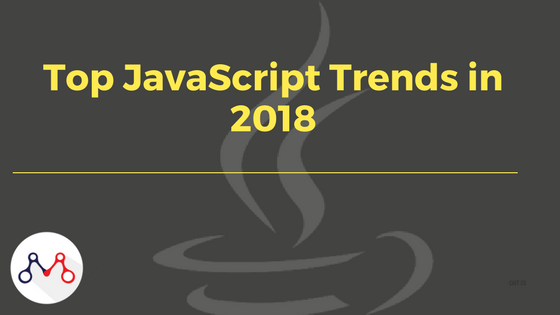I am trying to bet on how many new Javascript frameworks will be released each month. I think, the best developer’s game in the past 5 years. I really think 2018 will be the perfect time for learning one framework for one problem and being able to mix them without (I hope) too much issue. At least before the “next big framework” :-)
Some of the main Javascript frameworks to watch in 2018 are here:
GraphQL:
Brings a new way to query data from server to frontend. You can think of it as a new protocol, a communication standard between client and server. Not only for websites, but also for desktop and mobile apps. This concept of “fetching only what you need” is important and should be at the core of every front and back end development. Reducing the size of every network exchange is crucial, especially for users with slow networks. I believe that GraphQL could become a standard in 2018.
React:
who doesn’t know React in 2018? React is actually not easy to learn, I see my students challenged by it everyday. But when all concepts of props, state, life cycle, actions, etc. are mastered, it is a very powerful tool. It will remain a strong Javascript framework in the year to come.
Vue.js:
we witnessed an interesting fight between React and Vue.js in 2017. Both are powerful, but Vue.js is easier to learn than React. The community around it is starting to grow really fast and we hope the industry will continue to adopt it in production.
React Native and Electron:
Two frameworks for desktop and mobile apps. While they are still not at the level of native app languages (iOS, Android and desktop), their performances are really impressive.
Reason
The new way to write React applications; bye bye pure Javascript! It can be trendy, but I believe that with the support of Facebook it could be the next standard for writing React applications. We should keep an eye on it and watch how the language evolves in 2018.
Next and Now
React has a strong ecosystem. Next and Now are proof of it. Easy to use and make React projects ready for production. Deploying and distributing React applications at scale can be challenging, mainly for small teams. Next and Now are designed to make a developer’s life easier.
Honorable Mentions for 2018:
- Lona (created by AirBnB – https://github.com/airbnb/Lona): Transform Sketch files from designer to UI code: iOS, Android, Web and Web mobile. It’s based on a simple app that can solve a lot of communication issues between Designers and Developers. Trust me, both of them think of themselves as rock stars, and like every rock star, they don’t like compromises. Now with Lona, designers can directly integrate and test their creation easily without bothering developers.
- Aurelia (http://aurelia.io): Is a complete solution for creating your online presence: web, mobile and desktop. I think it can be a good start for any new project or start-up: easy to learn, easy to put in place and good support.
Inputs provided by Guillaume Salva, Full-Stack Software Engineer at Holberton School.
Here, you can find out the trends and frameworks in 2017
Knowledge thats worth delivered in your inbox





